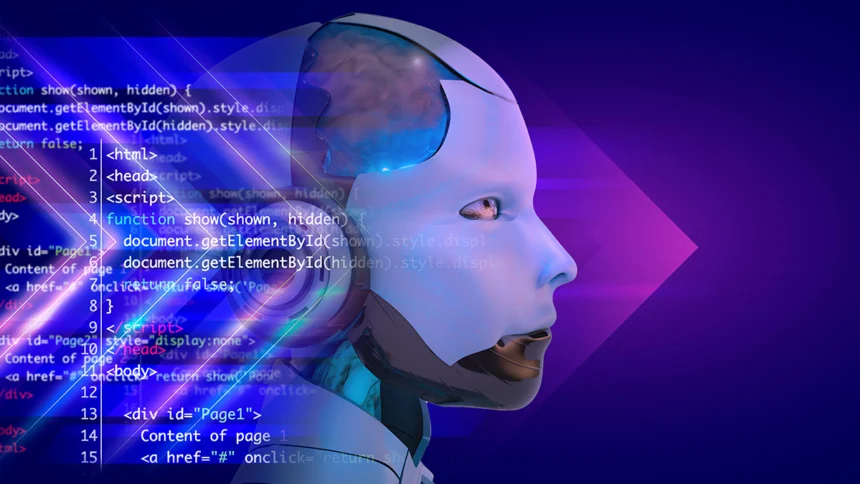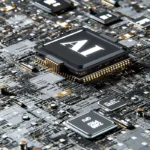Are you fascinated by the world of Artificial Intelligence (AI) and Machine Learning (ML)? Do you want to explore the tools that can help you dive into this exciting field and potentially kickstart a career in tech? If so, you’re in the right place. In this article, we will uncover some of the essential AI and machine learning tools that every aspiring data scientist or AI enthusiast should know about.
Why Are AI and Machine Learning Tools Important?
AI and machine learning are transforming industries, from healthcare to finance to entertainment. These technologies rely on powerful tools to process large amounts of data, build models, and deploy applications. Understanding and mastering these tools can significantly enhance your ability to create innovative solutions and stand out in a competitive job market.
Key AI and Machine Learning Tools
Let’s dive into some of the most essential tools in the AI and ML toolkit. We’ll explore their features, benefits, and how they can be used to develop intelligent systems.
1. TensorFlow
TensorFlow is an open-source library developed by Google. It’s widely used for various machine learning tasks and neural network development. TensorFlow’s flexible architecture allows you to deploy computations across multiple platforms, including CPUs, GPUs, and TPUs.
Key Features:
- Supports deep learning and neural networks
- Extensive community and documentation
- Integration with Keras for easier model building
Use Cases:
- Image and speech recognition
- Natural language processing
- Time series analysis
2. Scikit-learn
Scikit-learn is a powerful library for classical machine learning algorithms built on top of NumPy, SciPy, and Matplotlib. It’s known for its simplicity and efficiency in handling data mining and data analysis tasks.
Key Features:
- A vast range of algorithms for classification, regression, clustering, and more
- Excellent documentation and community support
- Easy integration with other scientific Python libraries
Use Cases:
- Predictive modeling
- Data preprocessing
- Model evaluation and selection
3. PyTorch
PyTorch, developed by Facebook’s AI Research lab, is an open-source deep learning framework that provides maximum flexibility and speed. It’s particularly popular in the research community for its dynamic computational graph and ease of use.
Key Features:
- Dynamic computational graph for flexible model building
- Strong support for GPU acceleration
- Extensive libraries for computer vision and natural language processing
Use Cases:
- Academic research and prototyping
- Building complex neural networks
- Reinforcement learning
4. Keras
Keras is a high-level neural networks API, written in Python and capable of running on top of TensorFlow, Theano, or CNTK. It’s designed to enable fast experimentation with deep neural networks.
Key Features:
- User-friendly and modular
- Runs seamlessly on CPU and GPU
- Strong integration with TensorFlow
Use Cases:
- Rapid prototyping
- Multilayer perceptrons, convolutional networks, and recurrent networks
- Transfer learning
5. Apache Spark
Apache Spark is an open-source unified analytics engine for big data processing, with built-in modules for streaming, SQL, machine learning, and graph processing. It’s designed to process large-scale data efficiently.
Key Features:
- Speed and scalability
- Rich API for Java, Scala, Python, and R
- Integration with Hadoop
Use Cases:
- Big data processing
- Real-time data analytics
- Machine learning at scale
Comparative Table of AI and Machine Learning Tools
| Tool | Key Features | Primary Use Cases |
|---|---|---|
| TensorFlow | Deep learning, neural networks, multi-platform deployment | Image and speech recognition, NLP |
| Scikit-learn | Classical ML algorithms, easy integration with Python libraries | Predictive modeling, data analysis |
| PyTorch | Dynamic graph, GPU acceleration, research-friendly | Research, complex neural networks |
| Keras | High-level API, modular, fast prototyping | Prototyping, transfer learning |
| Apache Spark | Big data processing, real-time analytics, scalable | Big data, machine learning at scale |
Frequently Asked Questions (FAQs)
What is the difference between TensorFlow and PyTorch?
TensorFlow and PyTorch are both powerful deep learning frameworks. TensorFlow is known for its production readiness and scalability, while PyTorch is favored in the research community for its dynamic computational graph, which allows for more flexibility in model building.
Can I use Keras with TensorFlow?
Yes, Keras can run on top of TensorFlow, which allows you to leverage TensorFlow’s powerful backend while benefiting from Keras’ user-friendly interface.
What kind of tasks is Scikit-learn best suited for?
Scikit-learn is best suited for classical machine learning tasks, such as classification, regression, clustering, and dimensionality reduction. It’s highly efficient for data preprocessing and model evaluation.
Is Apache Spark only for big data?
While Apache Spark excels in big data environments, it can also be used for smaller-scale data processing tasks. Its strength lies in its ability to handle large datasets efficiently and perform real-time data analytics.
How can I get started with these tools?
To get started with these tools, you can explore online tutorials, documentation, and courses. Many platforms offer comprehensive guides and examples to help you learn how to use these tools effectively.
READ MORE : Top AI Articles You Should Read in 2024
Closing Note
Thank you for exploring the essential AI and machine learning tools with us. We hope this comprehensive guide has provided you with valuable insights into the tools that can help you excel in the field of AI and ML. For more updates, insights, and learning resources, be sure to join USA trends through our social media channels, push notifications, and newsletters. Stay informed and continue your journey towards mastering AI and machine learning.











